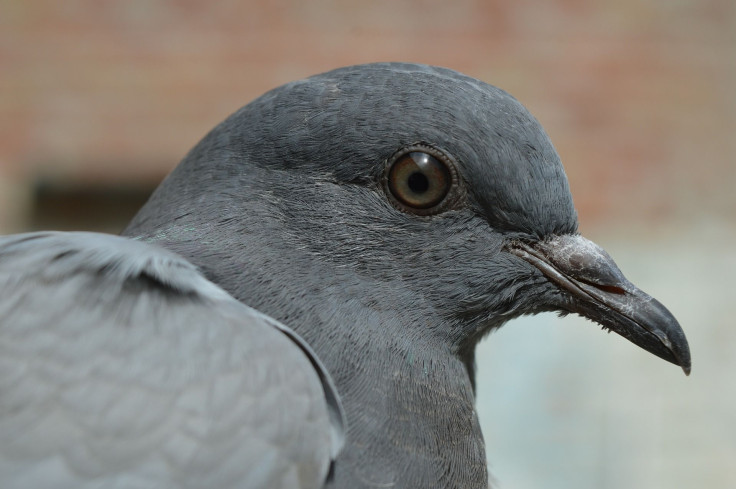Mammogram Results Read By Pigeons? Study Finds Birds Have A High Accuracy Rate For Recognizing Malignant Tissue

Recognizing signs of cancer in medical images is imperative to accurately diagnosing the disease. Without being able to differentiate between healthy and cancerous cells, we’d never be able to tell who is developing cancer and who isn’t. It takes radiologists years to develop the eye for accomplishing this, and despite all their training and technology, they’re still wrong sometimes.
Enter the pigeons. Yes, the birds. A study published in PLOS ONE suggests pigeons could be trained to look at anatomical images and determine which one shows benign and malignant breast tissue.
Reading these images “requires a kind of perceptual sophistication beyond mere words,” according to Edward A. Wasserman, an experimental psychologist specializing in comparing human cognition with that of other animals.
“In some sense, the pigeon and the person are starting at the same place,” he told the Washington Post. “They’re equally naïve.”
At the outset of looking at the images, the pigeons were only 50 percent accurate at picking which of two images showed a malignant tumor. After a few days of practice, though, their accuracy rose to 85 percent. The researchers wanted to make sure the pigeons weren’t simply memorizing the slides, so they switched up levels of magnification, different angles, and even gave them a set of totally novel tissue samples. The birds performed just as well.
“We’re very excited about these discoveries,” Wasserman said to Discover Magazine. “We didn’t go into this expecting very much from the birds, but they did the tasks better than we thought they could.”
The study is unlikely to cause a massive switch from human radiologists to pigeons. Robots are much more likely to usurp humans than any animals, but this experiment could help inform new technologies that interpret images.
“There are some actual practical things that can be done, since pigeons are pretty faithful models of human vision and skills,” said the leader of the study, Richard Levenson from the University of California Davis Medical Center, to Discover magazine. “Imaging technology is not static.”
The pigeons, unlike humans, could be used to help fine tune imaging technology in high volume both quickly and cheaply.
“They are willing workers; they don’t need sick days,” Wasserman said. “They are real workaholics.”
It isn’t too much of a leap, considering advances in brain mapping and artificial intelligence, to imagine a time when a robot or computer evaluates medical images based on a neural network that mimics a pigeon’s brain. Wasserman said that biomimetics are already used for a number of purposes, and many methodologies and devices we use are already based on biological solutions.
Source: Levenson R, Krupinski E, Navarro V, Wasserman E. Pigeons (Columba livia) as Trainable Observers of Pathology and Radiology Breast Cancer Images. PLOS ONE. 2015.
Published by Medicaldaily.com



























